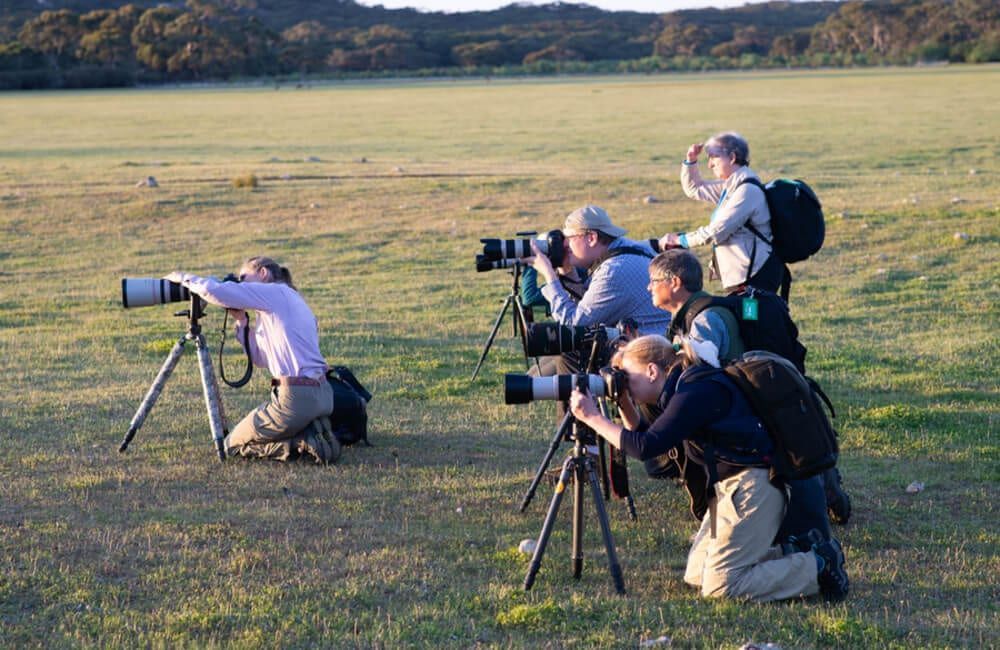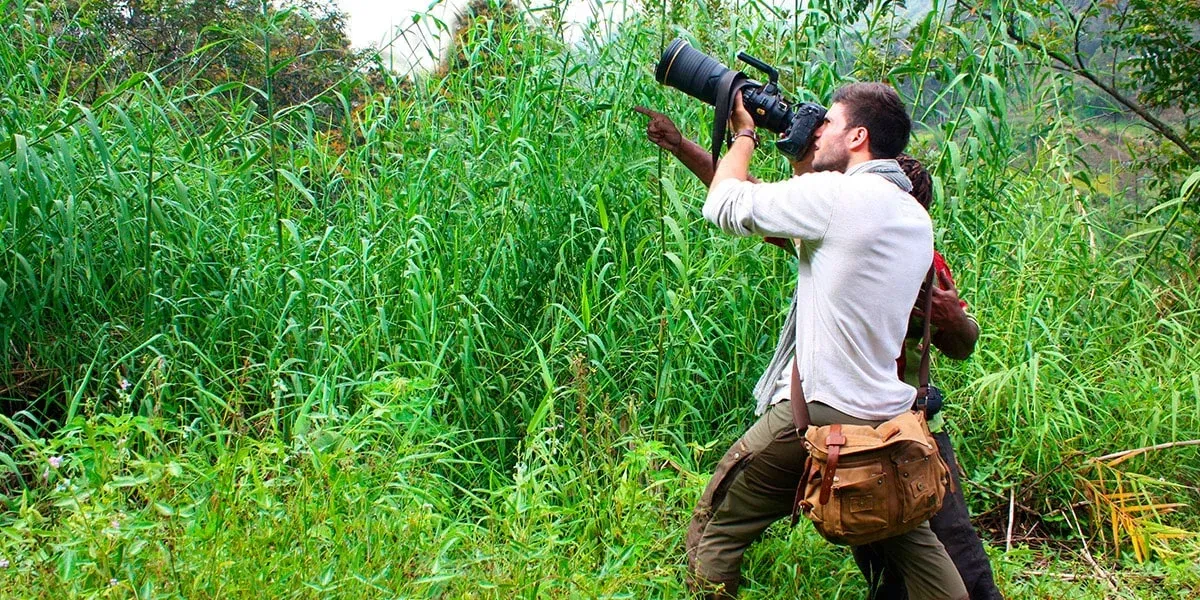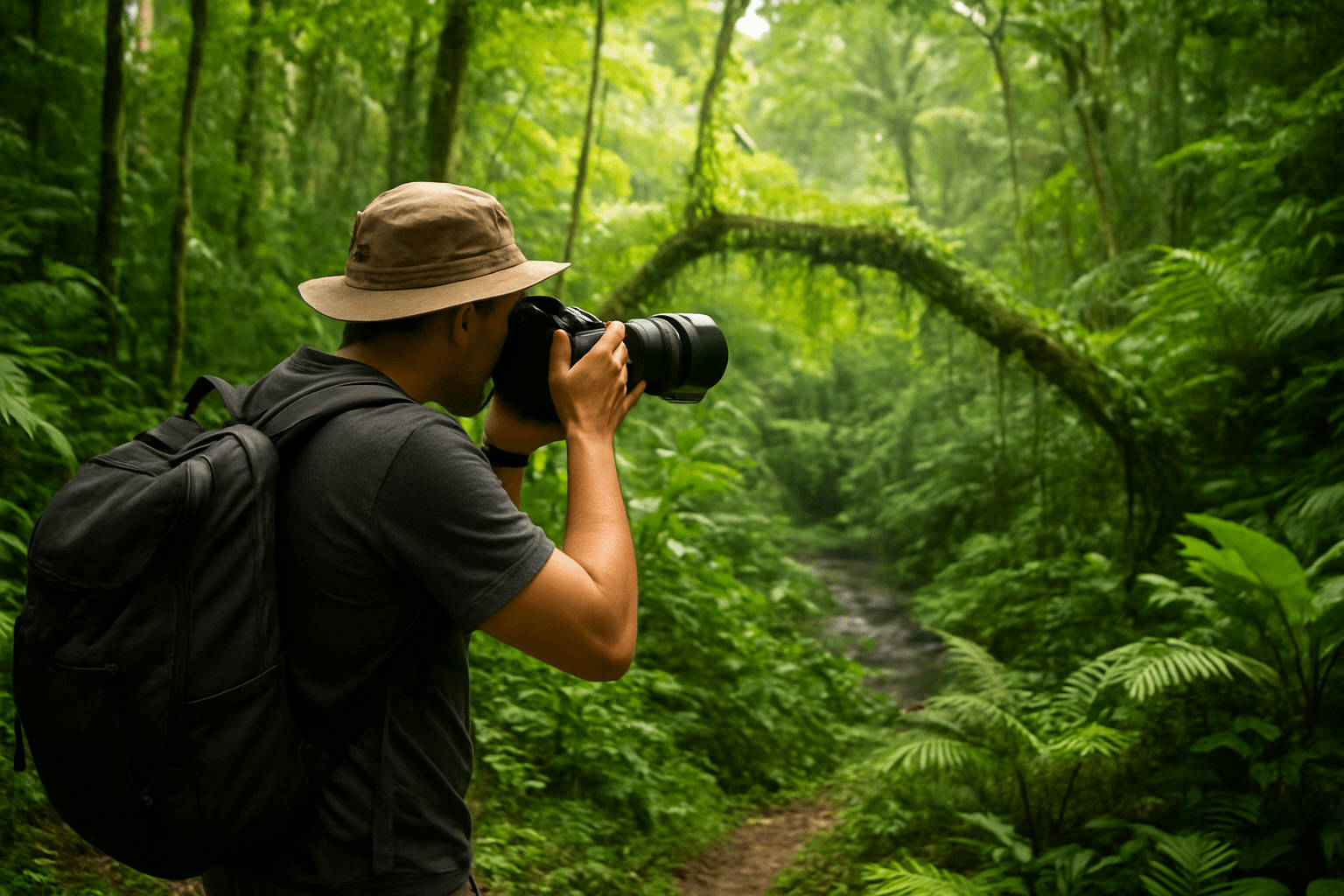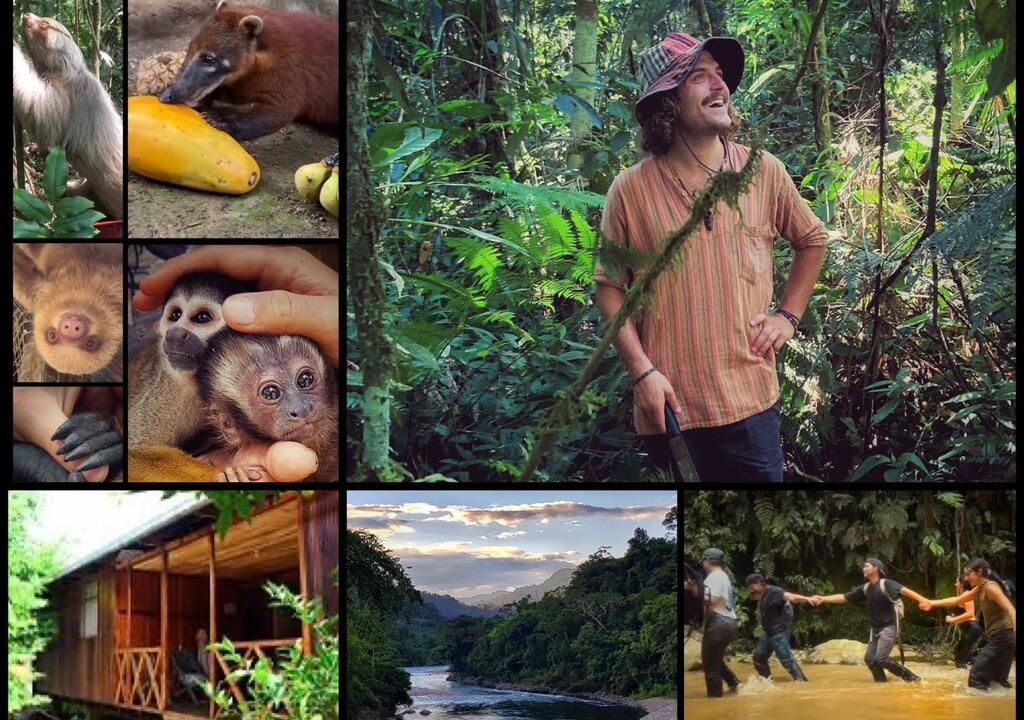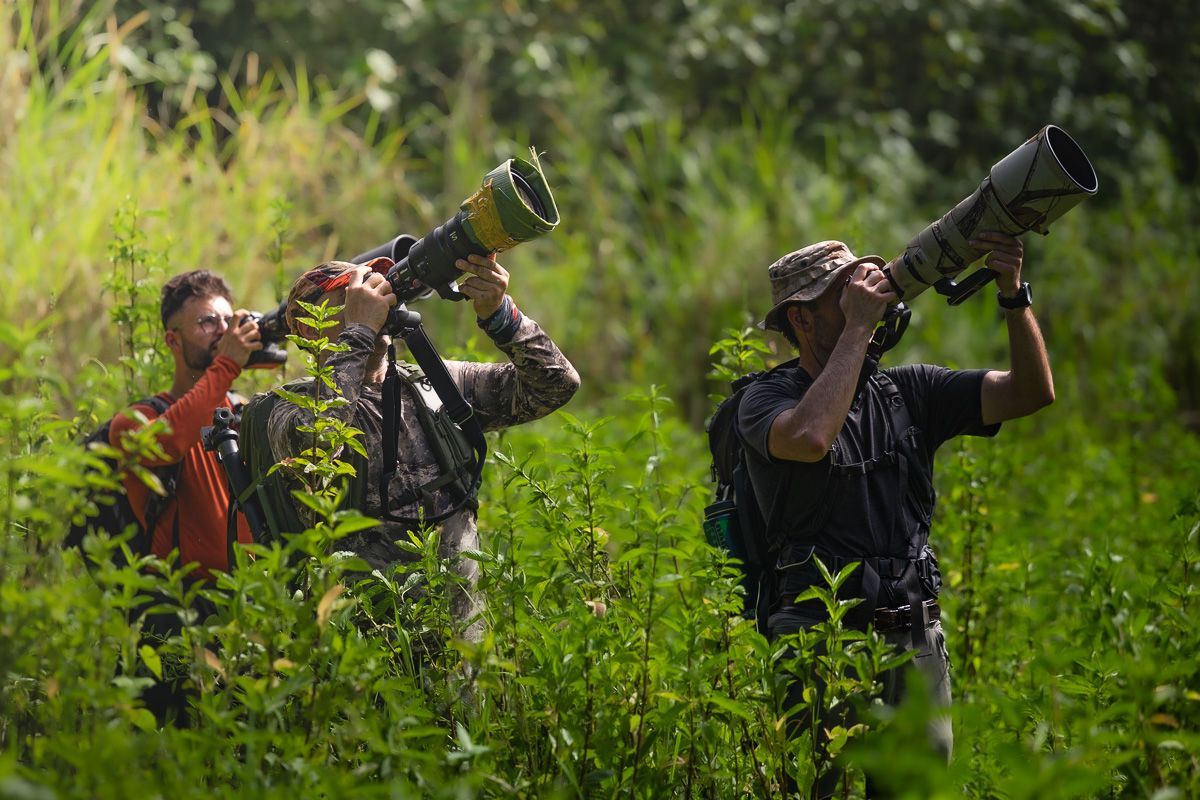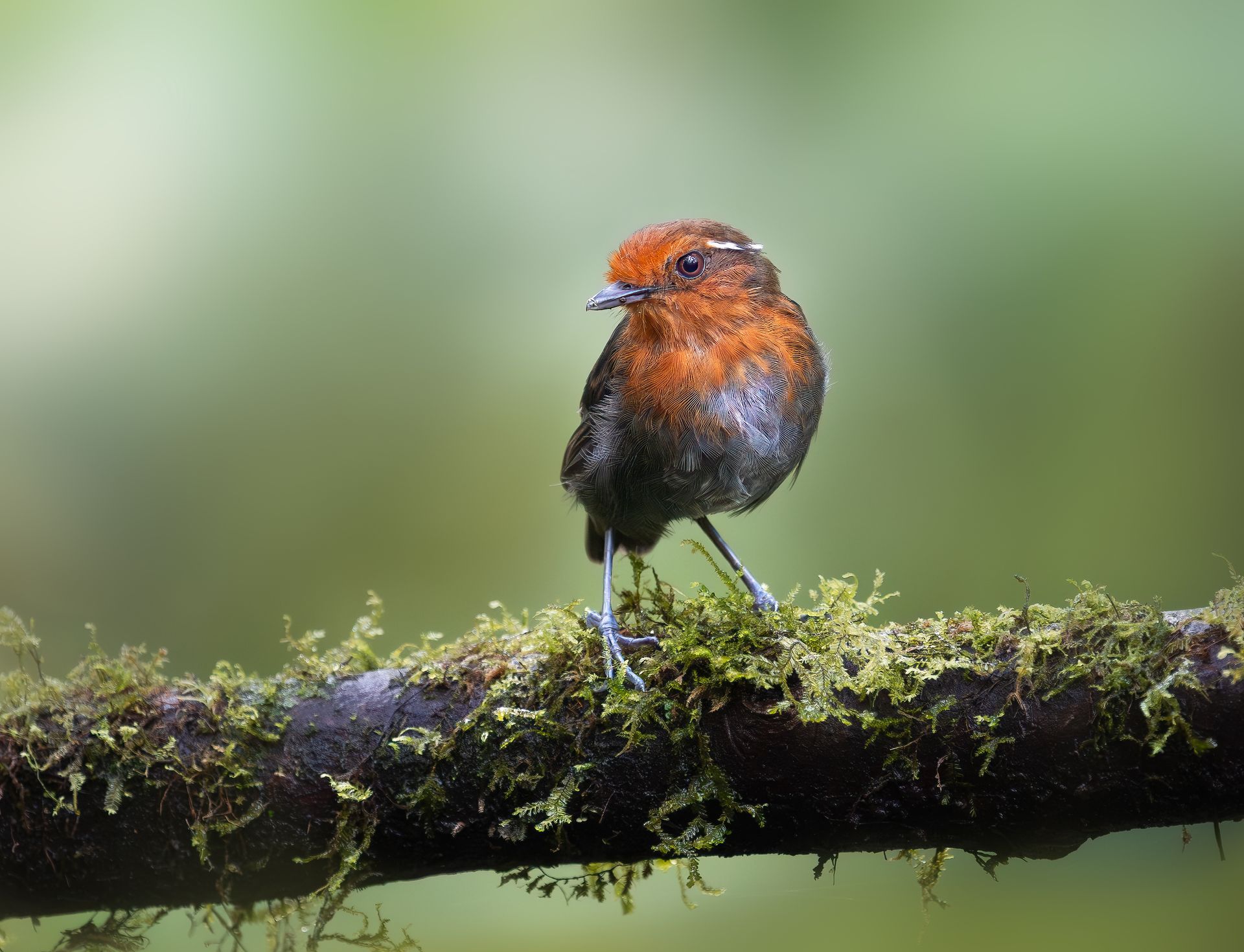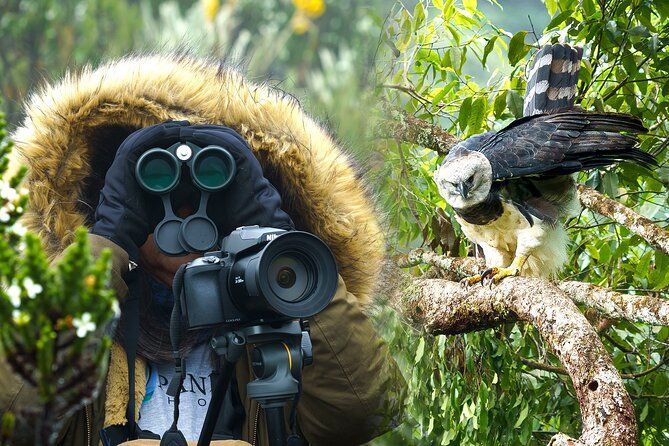Bicolored Antpitta: Unique Perspectives on Colombia's Rare Forest Resident
The Bicolored Antpitta (Grallaria rufocinerea) is a rare jewel of Colombia’s misty montane forests. With its striking two-tone plumage and elusive nature, this endemic bird presents an irresistible challenge for bird photographers and nature lovers. Found only in select areas of the Central Andes, the Bicolored Antpitta is not just a photographic subject but a conservation symbol representing the fragile richness of Colombia’s biodiversity.
Why the Bicolored Antpitta Stands Out
- Endemic to Colombia: Found only in a narrow elevation band in the central Andean range.
- Conservation Priority: Classified as vulnerable due to habitat loss and fragmentation.
- Striking Appearance: Deep chestnut upperparts contrast with its gray underparts, making it a visual standout on the forest floor.
- Distinctive Call: A resonant, mournful note often heard at dawn.
Best Locations to Photograph the Bicolored Antpitta
This antpitta is highly range-restricted but can be reliably observed in a few protected areas:
- Reserva Rio Blanco (Manizales): Known for active feeding stations where the species often appears.
- Tinamú Birding Reserve (Caldas): Some trails occasionally produce sightings.
- La Romelia Reserve (near Manizales): Offers increasing photographic opportunities thanks to focused conservation efforts.
Local guides at these reserves are crucial—they know the birds' territories and behaviors, dramatically increasing your chances.
Ideal Season and Time of Day
- Dry Season (December to March): Less rain makes trails easier to navigate and improves lighting.
- Early Mornings (5:30 AM to 9:00 AM): The bird is most active during dawn hours.
- Feeding Station Timing: Some reserves use conservation-approved feeders where birds arrive predictably.
Recommended Gear for Bicolored Antpitta Photography
Capturing clean, emotive images of this elusive bird requires careful preparation:
- Camera Body: Fast autofocus, good ISO performance in low light.
- Lens: 300–600mm telephoto lens; a 100–400mm works well for feeding station shots.
- Tripod or Bean Bag: Stability is essential in dim light conditions.
- Camouflage Gear: Helps minimize visibility and disturbance.
- Rain Gear: Always carry protection for your equipment and yourself.
Techniques for Success in the Field
- Use a Hide or Stay Low: Some stations provide shelters; otherwise, crouch quietly.
- Focus on the Eye: Sharp eye detail is key to a successful bird portrait.
- Watch for Behavior: Look for tail flicks, head tilts, and feeding behavior to capture expressive moments.
- Minimize Movement: This shy species spooks easily.
- Use Silent Shutter Modes: Keeps your presence unobtrusive.
Ethics and Conservation Practices
- Support Ethical Feeders: Only photograph at feeding stations managed for conservation and research.
- Limit Playback: Avoid disrupting bird behavior, especially in breeding seasons.
- Respect Boundaries: Follow reserve guidelines and do not stray from designated trails.
- Educate and Advocate: Share your images to raise awareness of this species' vulnerable status.
The Retorno Photo Tours Advantage
At Retorno Photo Tours, we offer specialized itineraries designed to photograph Colombia’s most elusive birds, including the Bicolored Antpitta. Our advantages include:
- Expert Local Knowledge: Our guides track known territories and update sightings daily.
- Private Access and Permits: We work with reserves that provide early access and limited visitor numbers.
- On-Site Coaching: Our team assists with camera settings and best practices in the field.
- Conservation-Focused Approach: Every tour supports habitat protection and local communities.
Conclusion
Photographing the Bicolored Antpitta is more than a bucket-list experience—it's a rare chance to document a species that few people have seen, let alone photographed. With patience, ethical practices, and expert guidance, you can return home with not only incredible images but a deeper appreciation for Colombia’s unique and fragile mountain ecosystems.
Let Retorno Photo Tours take you deep into the Andean cloud forest to meet one of Colombia’s most captivating forest residents—one frame at a time.



